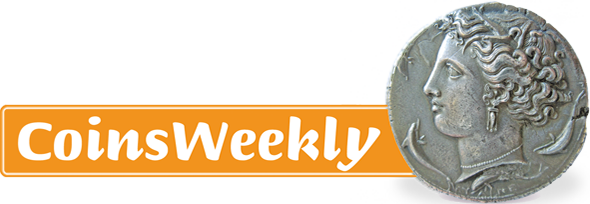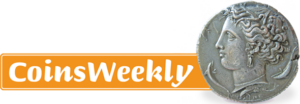The Precious Metals Future Forum was initiated by Wolfgang Wrzesniok-Roßbach. The former CEO of Degussa Goldhandel has gained experience across all segments of the precious metals business – from banking to industrial companies and recycling firms to private investor trading – both in Germany and abroad. Building on this experience, he aims to establish the forum as a central dialogue platform for the precious metals industry, promoting exchange between industry, commerce, finance, politics and academia.
LBMA Chief Executive: There Is Enough Gold!
Ruth Crowell, CEO of the London Bullion Market Association (LBMA), opened the forum with a clear statement on the gold market’s stability. Despite growing uncertainties, there is no physical shortage expected. Gold remains a safe haven – supported by central bank purchases and increasing demand for transparency. The LBMA’s Gold Bar Integrity initiative aims to ensure global traceability and counterfeit protection in the supply chain – from mine to ring.

Ruth Crowell, CEO of the London Bullion Market Association. Photo: Wieschowski.
In his keynote, Dr Holger Schmieding, Chief Economist at Berenberg Bank, painted a bleak picture of the global economic situation. The return of Donald Trump to the White House has created a “new world disorder.” Protectionism, trade conflicts and erratic policies are particularly affecting Europe. Structural weaknesses in China and uncertainty over the Ukraine conflict further intensify geopolitical risks.
Gold FOMO: The Fear of Missing the ‘Party’
Ronald-Peter Stöferle, Managing Partner at Incrementum, focused on the precious metals markets. He described a paradigm shift among central banks: emerging markets, in particular, are increasingly turning to gold as a reserve asset – at the expense of US Treasury bonds. His long-term forecast: a gold price of up to USD 4,800 by 2030. Inflation, uncertainty, and the phenomenon of “Gold FOMO” are key drivers behind this trend.

Ronald-Peter Stöferle, author of the In Gold We Trust report. Photo: Wieschowski.
Another major topic was recycling. Dominik Sperzel of Heraeus Precious Metals emphasised the growing importance of secondary gold for improved ESG performance. However, he also made it clear: recycling alone cannot replace primary production. Instead, the focus must be on transparent sourcing and fair mining conditions – a demand that companies are increasingly meeting with tangible product solutions.
Christoph Wild, President of the Swiss precious metals association ASFCMP, warned against an overly optimistic view of gold supply. While there is currently enough gold, the economically viable reserves are limited. Switzerland’s role as a key refining hub will therefore become even more important – particularly given the geopolitical hurdles to accessing mines in China and Russia.
Generation Z: The Gold Buyers of Tomorrow?
Private investor behaviour was also in focus: Rüdiger Schmitt of Reisebank reported three million new gold investors in Germany in 2024. Notably, Generation Z is rediscovering gold – driven by values such as authenticity, sustainability and transparency. As a result, customer communication in the precious metals trade is undergoing fundamental change.

Investor evening: The “Precious Metals Future Forum” plans to increasingly engage with private investors in future. Photo: Wieschowski.
Author Florian Bruce-Boye raised the question of whether Bitcoin could complement or even replace gold as a store of value. His answer: both have their place. Gold remains the proven foundation, Bitcoin the innovative supplement – particularly appealing to tech-savvy investors.
Global Perspective: A Long List of Arguments for Gold
John Reade from the World Gold Council provided the global perspective. Record demand in 2023, ongoing central bank purchases and a strong start to 2025 (+15%) confirm that gold remains a solid investment. At the same time, the importance of sustainability, recycling and industrial demand – for example through AI – continues to grow.

Before the conference programme began, organisers invited participants to experience mining first-hand with an excursion to the Fortuna mine in Obersolms. Photo: Wieschowski.
The Precious Metals Future Forum 2025 made one thing clear: the precious metals market is undergoing profound change. Amidst geopolitical polarisation, technological innovation and rising sustainability awareness, traders, producers and investors must reposition themselves strategically. One thing is certain: gold remains relevant – but no longer under the old rules.












